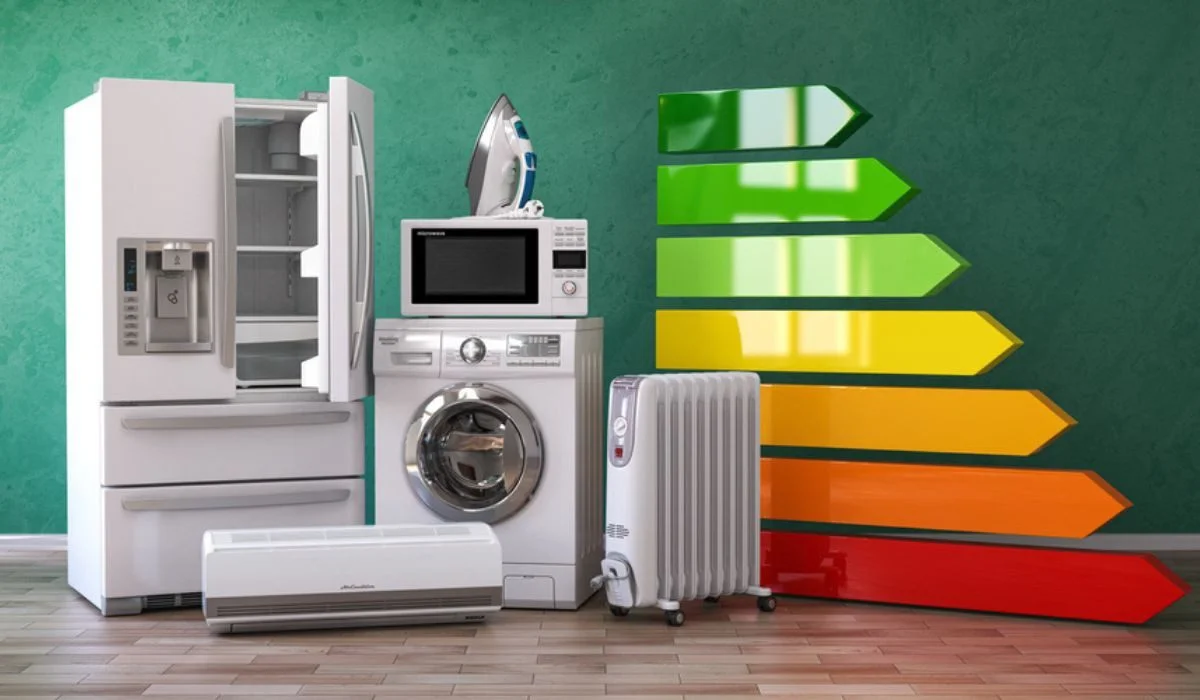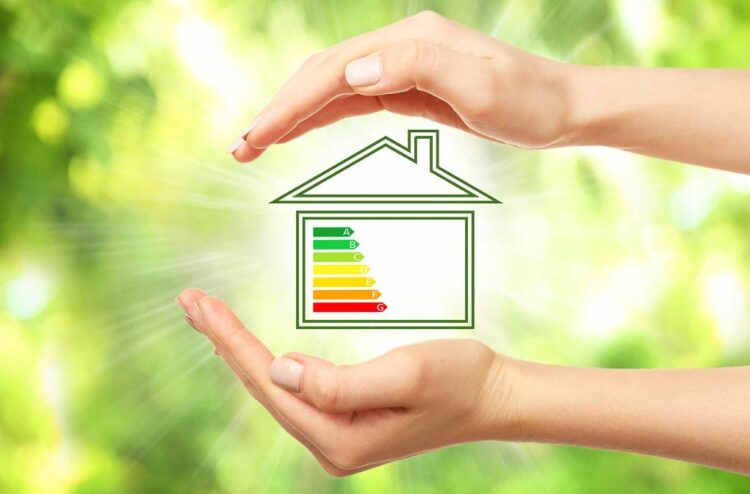Every quarter, as we eagerly check our mailboxes across Sydney and surrounding areas, there is one regular visitor that many of us would prefer to avoid – the electricity bill. If you’ve noticed an alarming increase with each subsequent visit, you’re not alone.
Rising power costs have become a widespread issue impacting both businesses and households alike. With the current economic variables, becoming savvy about your power consumption and finding strategies to reduce your bill has become more than just spare change in your pocket – it’s a survival skill.
This article aims to arm you with a range of practical and realistic tips that can help you navigate this challenge and significantly reduce your electricity bill.
Understanding Your Electricity Bill
The first crucial step to reducing your power bill is understanding the charges that make up the total amount. It sounds simple, but more often than not, we pay our bills without really appreciating what we’re being billed for.
Your electricity bill in Sydney conventionally consists of two primary components: ‘usage charges’ and ‘supply charges.’ The usage charges, as the name suggests, pertain to the volume of electricity you use, calculated in kilowatts per hour (kWh). Consequently, the more energy consumed in your household, the higher your usage charges will be.
Conversely, supply charges are the fixed daily costs you incur to have electricity available to your property. This fee is charged regardless of the amount of electricity you use. You can think of this as a membership fee for the privilege of being connected to the energy grid.
Additionally, your bill can also incur charges for peak, shoulder, or off-peak times. Usually, electricity rates are more expensive during peak hours (often weekday afternoons and evenings) – less during shoulder periods (less busy parts of weekdays) and cheapest during off-peak times (usually late night to early morning). By understanding these costs and the times they apply, you’re armed with knowledge that can help you reduce usage during the more expensive periods and save some serious coin on your power bills.
Invest in Energy-Efficient Appliances

While price tags can be a swing factor for many of us when it comes to purchasing household appliances, an important long-term consideration that is often overlooked is energy efficiency. Whilst energy-efficient appliances might have a slightly higher upfront cost, they offer long-term savings that can make a significant dent in your energy bills.
Energy-efficient appliances have been designed to perform the same tasks as their less efficient counterparts but consume significantly less power doing so. As a result, they cost less to operate, meaning lower power bills for you.
Consider the example of an energy-efficient refrigerator in comparison to a standard model. The energy-efficient model may come with a higher purchase price, but it uses less power daily. On an ongoing basis, this means a lower cost to run it. Over several years, this energy-efficient refrigerator could potentially save you hundreds, if not thousands of dollars in energy costs.
It is advisable to check the energy rating label when purchasing appliances. This offers a ranking of how energy efficient the appliance is—the more stars, the more efficient the product.
Alter Your Everyday Habits for Greater Savings
Changing your everyday practices can unlock significant savings on your power bills – and some alterations might not even be as drastic or inconvenient as you think! For instance, just remembering to turn off lights and appliances when not in use can make a difference over time.
Contrary to common belief, appliances left on standby can consume a lot of power. By switching them off when not in use, you could save an estimated 10% off your energy bills. It’s also worth considering the use of certain gadgets during off-peak times, where the cost of power is often cheaper. This minor adjustment can lead to notable savings on your electricity bill.
A bonus tip for a simple lifestyle adjustment: take a critical look at your washing habits. Did you know the Australian government estimates that you could save up to $115 per year by washing your clothes in cold water? Additionally, air-drying laundry instead of using a clothes dryer can result in significant savings over time. Every small change adds up, so why not start today?
Upgrade Your Home for Energy Efficiency

Even after trimming down power costs by developing energy-savvy habits and investing in energy-efficient appliances, you could still be facing sizable bills. Sometimes the problem lies within our homes and insulation, or a lack thereof can intensify the problem.
A home that doesn’t retain warmth is harder to heat, causing heating costs to skyrocket. Similarly, a house that doesn’t stay cool efficiently will churn through more energy on cooling. Therefore, ensure that your walls, floor, and roof are properly insulated. Remember, heating and cooling often account for about 40% of total energy usage for average Australian homes, so any savings here can make a notable difference.
Another critical aspect of your home’s energy efficiency is the lighting. If you haven’t already, consider switching to LED bulbs. They can reduce your lighting costs by up to 80%, and though they cost more upfront, they need less energy and have a longer lifespan than traditional bulbs.
Your heating, ventilation, and air conditioning (HVAC) system is another major contributor to your energy bill. Ensuring it is well-maintained and used appropriately can lead to substantial savings. For instance, simply setting your air conditioner to 24 degrees Celsius during the summer can tally up on your savings at the end of each billing cycle. As per Energy Australia, every degree below 24 degrees Celsius can add 10% to your energy bill. Plus, a clean air filter allows your unit to work more efficiently, thus reducing power consumption.
Consider Renewable Energy Sources

In the bid to reduce your power costs and your carbon footprint, renewable energy sources can make a significant difference. Solar power, in particular, is an effective and environmentally friendly power alternative that can result in huge savings on your electricity bills.
The initial investment needed for the installation of solar panels is considerable. However, considering the low-cost power generation once the system is up and running, and the opportunity to sell excess electricity back to the grid, the returns on that initial investment are undeniable in the long run.
In Australia, various federal, state, and council incentives are available to people who invest in renewable energy. So while the upfront costs can appear hefty, there’s likely an initiative you can apply for to help offset at least some of that expense.
Conclusion
As utility prices continue to rise, it’s more crucial than ever to become proactive and well-informed about our energy use. Simple changes in habits, careful selection of appliances, modest home enhancements, and considering renewable energy can all contribute to substantial savings on your electricity bills.
Implementing these changes will not only help you slash your electricity costs but also reduce your carbon footprint – two outcomes from a positive change in our everyday lives. The power to change our tomorrow is in our hands today. Let’s look forward to more manageable power bills and a future that’s sustainable for all.
 Hi Boox Popular Magazine 2024
Hi Boox Popular Magazine 2024



